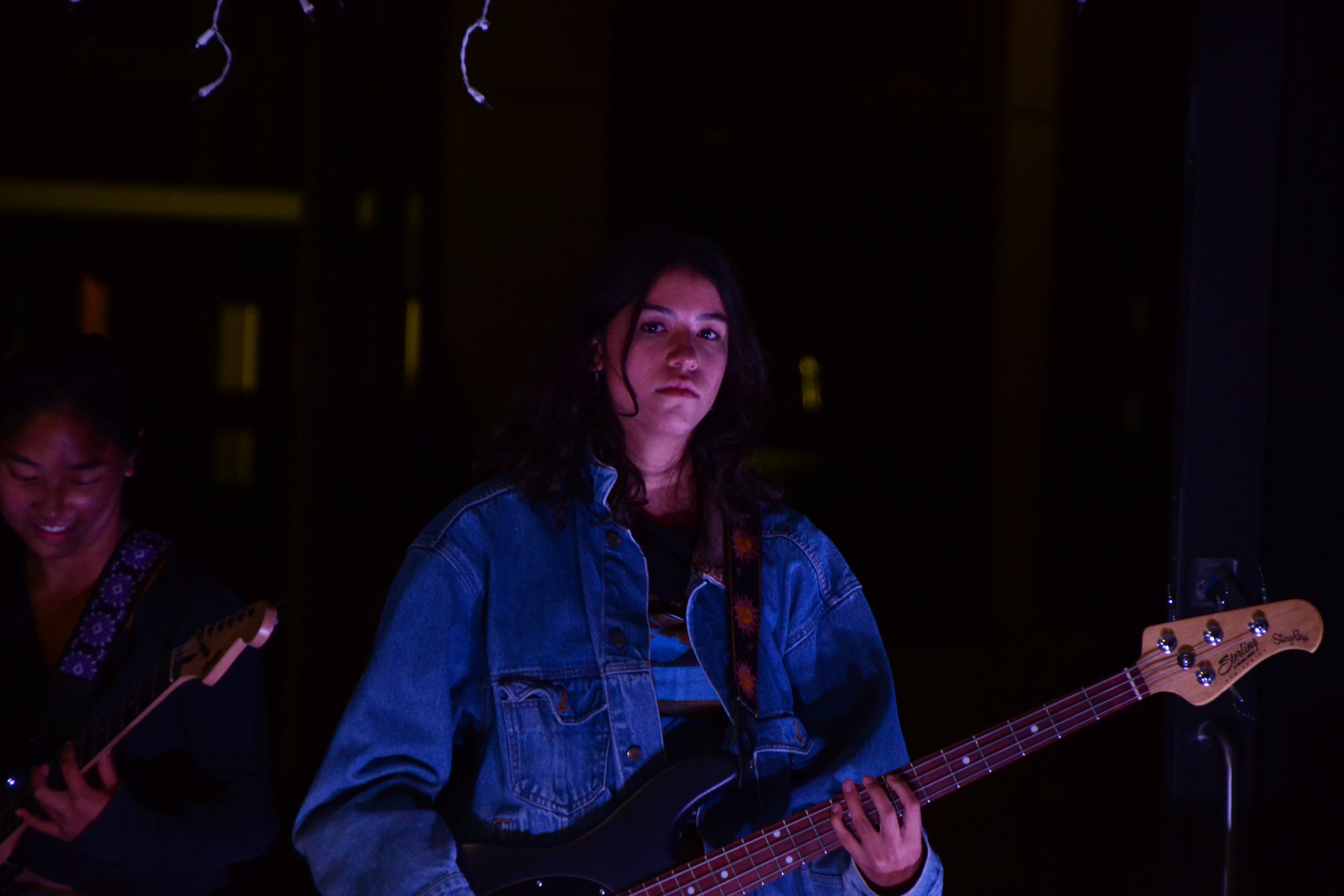Major Reflection

When I became editor-in-chief of [proof] in 2019, I took on a much more intensive project than I anticipated. As it turns out, producing and fundraising a 42 page full color magazine is a lot of work—and it’s even harder without regular meetings or a complete staff. Despite lofty goals of four contrasting issues, in 2019—just as in years before—we didn’t publish anything. Our lack of organization and accountability meant that we had effectively no way to produce an entire magazine, and this was only exacerbated by the pandemic.
The next year, I continued my commitment to [proof] in a virtual setting. This time, I was determined to make it work—and I knew how much work it would take. I focused on recruiting a larger staff, but I also paid attention to making sure that staff was committed to production, with new subteams, individual check-ins, and larger group discussions. My goal was to create an actual community around the magazine, and it worked: we published our first issue in two years in winter 2021.
Along the way, yes, I learned how to lead, but I also learned how to be a team member. Sometimes, leading a creative project isn’t about leading it. It’s about contributing to a community and getting other people excited about their work. When I worked to move [proof] to the incubator this year, I found a new community—one where I wasn’t just a leader. I’m still the editor of [proof], but I’m also on the staff of Anthro and Voice, where I’m equally responsible for producing high quality work.
Moving to the incubator in particular has caused an immense shift in my work as a photojournalist. In previous years, I had one perspective, focusing on the moments that held with my narrative. Now that, by necessity, I’m collaborating on projects with other journalists, I increasingly see other angles to a story and other scenes that I can capture. When I worked on a story about a new exhibition in the Cantor Arts center, I took multiple photos of political pieces, and wrote the basis of the article around that. But after my co-writer interviewed the curator, we found out that the exhibition was also largely one used for teaching, and we shifted the focus of the article based on our discussion. Or, for an Anthro and Voice story on the new free lunch policy, my first approach was to take photos of individuals holding lunches, or cafeteria workers passing them out. But after discussing with the writers, I saw that there was a more pressing issue: lines went out the door, to a point where some students didn’t have access to a complete meal.
That quick shift in perspective has been another central improvement in my work. In news reporting, an environment I was totally unfamiliar with prior to joining the incubator, stories come about and change rapidly, and I’ve had to be prepared to adjust to those changes, like in the free lunch story. During spirit week, just half an hour before lunch, I was informed that the day’s rally would start with an announcement about Egg Wars the night before. I realized that the focus of the story for that day would shift to the announcement, and instead of focusing on photos of the crowds (as I had on previous days), I focused on the staff preparing for the announcement. Another example is during the beginning of the semester, when a fire alarm was triggered. I dropped what I was doing to take photos of the evacuation, and to respond to comments by the writers of the story—who to take photos of, from what angles, which photos to use. Being part of a news environment has been entirely different from what I’m used to doing as a photographer, but it’s been key to my growth.
Through photojournalism, I’ve learned skills specific to the field—what perspectives to capture, how to produce a magazine, how to be an unbiased reporter. But I’ve also learned how to be a leader, a communicator, and someone who can think on their feet and adapt to the situation, skills that I know will be critical in my future.